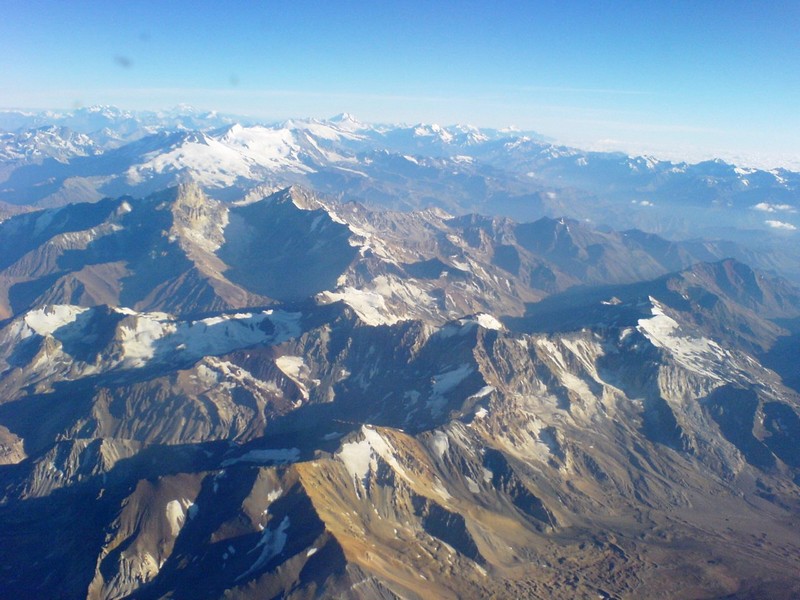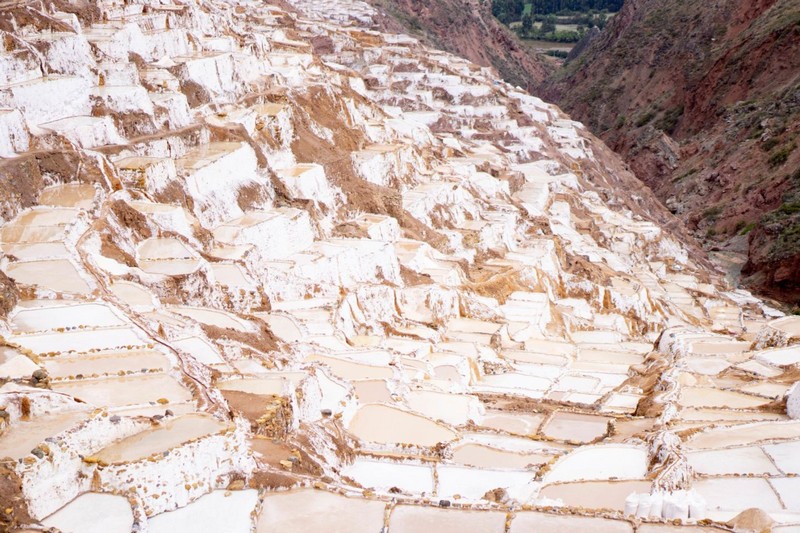(#wanderlusttips #Morasvillage #Peru #saltmaking) Moras, an ancient town which locates on over 3,350m height of Andes moutains is also a 600-year-old co-op harness gravity and sunlight to harvest the world’s most elemental seasoning.
[rpi]“Every time I come here, I’m surprised,” says one of Peru’s best-known chefs, Virgilio Martinez, about the village of Maras. “There’s a huge mountain of shining white pools that produce this very beautiful and very pure pink salt.”
Martinez makes a pilgrimage to the Andean town a few times a year to source the seasoning for his Central restaurant in Lima. The chef organizes his 17-course tasting menu by altitude and serves Maras salt coarse—“we like to really feel it.”

A mineral as well as a metaphor, the crystalline substance signifies both authenticity (“salt of the earth”) and capability (“worth his salt”). In ancient Rome, legionnaires were sometimes paid with the stuff (hence the word salary).
Most salt production involves mining, but that’s not the case in Maras, where the Incas engineered an ingenious system for harvesting sodium chloride six centuries ago: The tiny Qoripujio spring unearths halite (the mineral name for salt) as it trickles through a labyrinth of man-made channels that feed some 3,000 shallow pools, terraced down a mountainside.
Today, men in dusty trousers and women in full skirts, all members of the town’s salt co-op, wait for the pools’ thin layers of water to evaporate. They rake the deposits into baskets and take them to the co-op’s warehouse to be bagged and sold. This slow dance continues throughout the dry season, roughly May to November. Family members have long passed pools down to their offspring, setting up the next generation.

In addition to attracting rock-star chefs and tourists, this marvel of ancient engineering drew photographer Juan Manuel Castro Prieto, who captured these images. “The people of Maras have preserved traditions that have been lost elsewhere,” Prieto says. “I’m always looking to reflect everyday life. Nothing extraordinary happens in my pictures.” Here, however, the ordinary is nothing short of astounding.
Modern Farmer | Wanderlust Tips | Cinet

